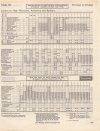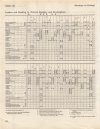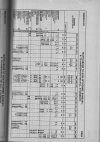Yes Worcester having 2-car (sometimes 1 car) trains every 2 hours to Cheltenham or Bristol was very poor and that was in very recent history / current. I'm not sure if the additional of Worcester Parkway has helped with connections considering that's only 1 GWR tph anyway.
Last time I looked it was still pretty rubbish. Fairly random mixture of direct trains, change at Parkway, and change at New Street, which is just silly. So it sort of sometimes looks like 1tph if you look at the right part of the day, but with enormous variation in journey times, weird and confusing fares with random journeys effectively out of the question because the fare is 3 times what you pay for the identical route on the trains both before and after, and still with big holes where there just isn't anything. Last time I wanted to get to Cheltenham I found I couldn't do it because I made the mistake of assuming there would be some trains that could be called "middle of the day", but found there was actually a gap of several hours with nothing.



